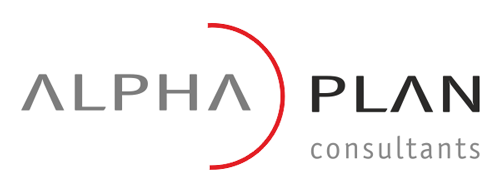MEANING AND SCOPE:
ELOT 1801 is a methodology for developing a system to ensure safety and hygiene in the workplace.
The implementation of the model is to all businesses regardless of class, eg
- Production, processing and marketing of food & beverage
- Dye, smelters, sheet metal
- Restaurants, hotels, Courrier
- Construction
- Manufacturing crafts general (shoes, filling stations, metal parts, clothing, etc.)
- Any type of industrial activity
- Production processes
- Offices, banks, consultants
The application of standard ELOT 1801 imposed by the Greek (PD17/96) and EU legislation Health and Safety at Work.
EXPECTED BENEFITS:
- Minimize risk for accidents that cause an economic burden on both business and social tarnished image.
- Ability to view the working conditions of certification through the model 1801.
- Minimize damages in case of any accident to both the victim and to the Greek government.
- Minimization of criminal and administrative penalties by the Ministry (of Labour and Employment) and the competent inspectorate it (KEPEK). Under current labor legislation KEPEK may impose fines 1.500-30.000 € and to make a closure.
- Align business with the Greek and EU legislation
METHODOLOGY FOR DEVELOPING THE SYSTEM:
- Presentation of the status quo - Setting goals - Create Group Risk Control in the workplace.
- Data collection company.
- Inventory Flow Chart - Flow Chart Confirmation.
- Identify potential hazards in the workplace.
- Significance of risk assessment in the workplace.
- Review adequacy of protection measures the potential risks.
- Establish methods and practices to address potential risks in the workplace.
- Monitoring and documenting the effectiveness of measures in the proposed system.
- Compilation instructions, forms, specifications
- Delivery of the legislation for your business
- Certification system according to ELOT 1801 by an independent certification body.
- Corrective action after certification.
- System Monitor
REASONS TO ADOPT THE ELOT 1801 SYSTEM:
- Pressures from the external business environment, eg:
- Strategy and action of competition.
- Requirements and needs of suppliers and customers.
- Requirements of Law.
- Internal needs, eg:
- Minimize casualties
- Improve efficiency of labor
- Business Strategy, eg:
- Elimination of potential compensation to third parties (employees, government, labor unions) in an accident.
- Show the company and its harmonization with the requirements of modern society.
- Obtain strategic advantage in tenders and notices.
 English (UK)
English (UK) Ελληνικά (GR)
Ελληνικά (GR)  Pусский (RU)
Pусский (RU)  Shqip (AL)
Shqip (AL) 
